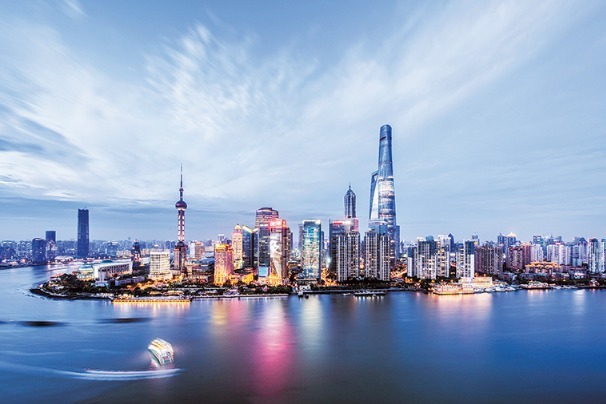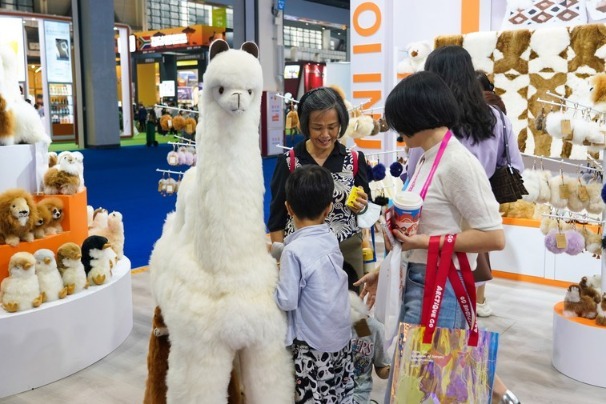Hainan's farmland mixes Red heritage with green tourism


In cultural components of FTP development, new techniques transforming output
Editor's Note: China Daily is running a series of stories on old revolutionary bases with profound history and heritage that are striving to lead local people on the road to prosperity in the new era.
A green approach is turning Red villages into pastoral attractions in Hainan, China's southernmost island province.
A large, newly created park planted with "space lotuses" is making Zhongkai village, a former revolutionary area, more attractive, as crowds of residents and tourists come to visit this Red site located in Jiangdong New Area in eastern Haikou, an industrial park part of the Hainan Free Trade Port.

Grown from seeds cultivated on a Chinese satellite, the flowers are expected to bloom for longer thanks to mutations caused in space and produce a higher yield of seeds that are high in protein, low in fat and rich in amino acids. These seeds also contain a variety of vitamins, sugar, calcium, phosphorus, iron and other compounds of medical value, according to experts.
The park, which covers 20 hectares, is expected to expand with the creation of new gardens in nearby villages as the local government joins forces with villages to boost rural vitalization by tapping natural advantages, resources and Red cultural value, according to officials with the district administration.
"Under the guidance of local leaders, Zhongkai village has taken the initiative to shoulder the responsibility of transforming a former revolutionary base to highlight the integration of Red tourism with green industry in the hopes of creating a beautiful model for the countryside and contributing to the construction of the Hainan Free Trade Port," said Feng Xiabin, the village's Party secretary.

Well-known as part of a revolutionary base on Hainan, the village is named after Liao Zhongkai (1877-1925), a pioneer of China's democratic revolution who was assassinated by the Kuomintang, or Chinese Nationalist Party, in 1925. Proletarian revolutionary Feng Baiju (1903-73), founder of the Qiongya (the former name of Hainan) revolutionary armed forces and bases, set up a farmers' association and a Party branch in the village in 1926. The two organizations played an important role in the worker and peasant revolutionary movements until the liberation of Hainan in 1950.
Zhongkai, which covers 1.22 square kilometers, has been improved in recent years with the addition of cement roads, leisure and sports facilities and landscaping through the support of the township government and donations from local businesses.

The village's efforts to create a Red tourism and patriotic education center have made encouraging strides, with Red billboards erected at key locations to help increase the sense of honor and pride of Party members and the public, and enhance the village's initiative to make more progress.
"Zhongkai is beautiful, and we are happy to live here," said Wang Danling, a schoolgirl. "The 100-meter-long scroll painted on our primary school wall that tells the stories of Chinese revolutionaries is very impressive. Through the murals, we have learned a lot about the revolutionary history of Hainan, and we are very proud of its heroes."
Thanks to its location and special role in Hainan's revolutionary history, Zhongkai has been integrated into the countryside program of Jiangdong New Area, which covers 298 sq km, and has been functionally positioned as a garden for international exchange. It will demonstrate the green approach toward integrating urban and rural development and lifestyles in Hainan, which seeks to become an important center of reform and opening up, according to local officials.

"Villagers can earn 18,000 yuan ($2,650) from renting out 1 hectare every year. The project promises long-term land leasing and the stable development of agriculture, with rent premiums every three years," said Wang Jiaqi, a manager of the countryside program.
Wang said that his company, which is part of the R&F Group, has invited experts to take part in a joint feasibility study on growing Koshihikari Echizen rice, the best Japanese variety, in Zhongkai and nearby villages in a bold attempt to create a new local brand in two or three years' time.
More villages will become players in the drive to develop tropical rural tourism and high-efficiency agriculture in Hainan, according to Liang Zhenqiu, deputy director of the Hainan construction and promotion association for old revolutionary areas. The construction of the Hainan FTP, which is envisaged as becoming a globally influential, Chinese-style free trade port by the middle of the century, is lending new vitality to these Red lands, said local officials.




